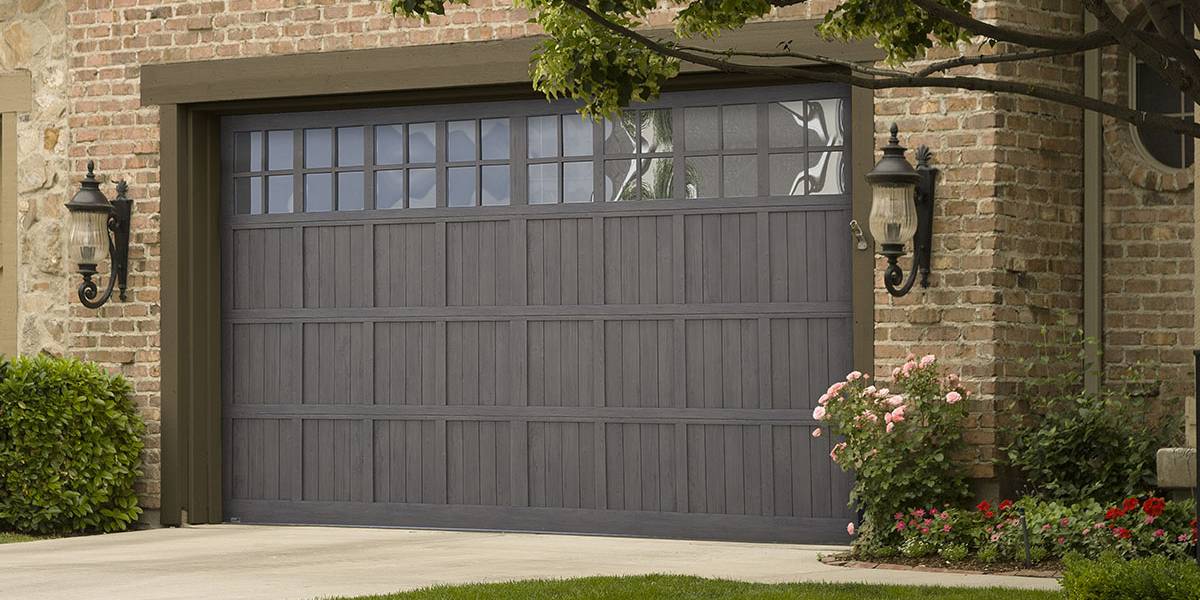At Iron Doors Arizona, we design only the finest wrought iron entry doors for our Maricopa County customers. Our handcrafted products are designed by skilled metal workers and iron forgers with years of experience.
A wrought iron door is strong, durable, and stylish. It is a preferred material for doors and other outdoor applications because of its high strength and easy workability. Not to mention, it has a beautiful, timeless look that suits the Phoenix Valley aesthetic perfectly.
Over time, the term “wrought iron” has come to mean any type of metal piece with a traditional wrought iron look, regardless of the metal type. If you want to make sure you’re purchasing only the best door for your property, knowing what makes wrought iron so unique is essential.
What Is Wrought Iron?
Wrought iron is a type of iron that has been “wrought” or worked into certain shapes or designs. It’s made up of pure iron with a small percentage of slag, the byproduct of iron smelting, worked in.
Wrought iron is ideal for entry and garage doors, furniture, and other decorative features because it’s very malleable. It can be heated and reheated repeatedly until the desired design is achieved. The heating process strengthens the iron, making it ideal for furniture and other outdoor items.
Ironworkers create wrought iron products by heating the metal, working it into shapes, and repeating the process as often as necessary. Smiths can use their hands to work the metal into shapes using a hammer and anvil or a power hammer
Wrought Iron vs. Cast Iron
When comparing wrought iron vs. cast iron, it should be noted that there are a few fundamental differences between the two.
- Chemical makeup
- How they’re worked
- Strength
Chemical Makeup
Wrought iron comprises primarily pure iron mixed with a bit of slag, which consists of several elements, including silicon, sulfur, phosphorus, and aluminum oxide. Wrought iron contains a maximum of .8% carbon. At Iron Doors Arizona, we also apply zinc galvanizing to our iron to prevent rusting.
Cast iron refers to a variety of iron alloys. This type of iron contains 2-4% carbon, along with minor amounts of silicon and manganese.
How They’re Worked
When it comes to how each iron item is formed, there is one fundamental difference between wrought iron vs. cast iron.
Wrought iron is worked using a hammer and anvil, while cast iron is poured, or cast, to create shapes.
Cast iron is produced in a foundry, where molten metal is poured into molds. The main benefit to cast iron is that the casts used to shape the iron allows the ironworkers to craft detailed pieces.
Malleability
Malleability is another significant difference between wrought iron vs. cast iron.
Wrought iron is much more malleable than cast iron. It can be bent and twisted into any shape imaginable without breaking.
Cast iron, on the other hand, is meant to be poured. It’s very brittle and will shatter under too much stress, which is why there’s no such thing as wrought cast iron.
Why Check for Fake Wrought Iron
Knowing the difference between cast iron and wrought iron is important, but you also need to know how to tell wrought iron from steel, too. Sometimes companies will use steel in place of wrought iron, but there’s no comparison when it comes to wrought iron vs. steel.
While strong, steel has a higher likelihood of corrosion, which can weaken its overall composition. Although wrought iron might rust, it’s highly resistant to corrosion. So if you’re purchasing a door or other item for outdoor use, make sure the item is made of genuine wrought iron, which will stand up to the elements far longer than other metals.
Testing Techniques
There are a few ways metal workers can test to see if a metal is wrought iron or steel.
- Spark test. Wrought iron will produce long, red sparks, while steel will throw white sparks.
- Break test. Wrought iron will have a fibrous inner appearance, whereas steel will have smooth fractures.
- Forgeability test. An experienced ironworker can tell the difference between iron and steel based on how the metal feels when they strike it with a hammer.
- Hardenability test. Steel has a lower hardening point than wrought iron, so it’s likely steel if the metal hardens during quenching.
- Polish/Grain test. When polished, wrought iron will have a linear surface caused by the added slag. Steel won’t have this appearance.
Iron Doors Arizona has served the Phoenix area since 2016. We provide high-quality doors customized to suit any customer’s needs. So whether you want the traditional wrought iron look or something a bit more modern, we’re here to help. Contact us today to get started with a free estimate
Request Information
Related Posts
March 2, 2022
How to Choose the Right Style Entry Door for Your Home
Since iron doors are so sturdy and…



